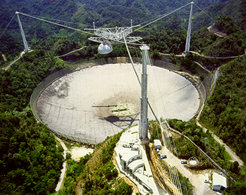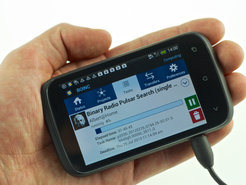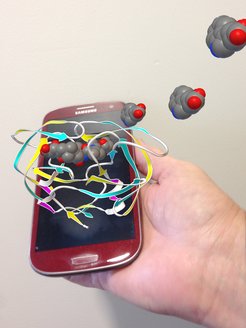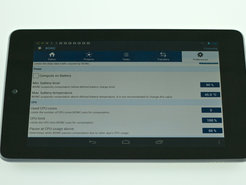Want to help cure disease or discover new stars? Now you can, using your smartphone
Einstein@Home & IBM's World Community Grid efforts among first to enable Android devices to contribute to cutting-edge research
ARMONK, NY & HANNOVER, GERMANY: Android users can now boast of another capability on their smartphones and tablets: fighting AIDS and discovering new stars.
Background information
BOINC
The BOINC project, which choreographs the technical aspects of volunteer computing, was founded in 2002 at The University of California, Berkeley, with support from the National Science Foundation. Development of its Android version was funded in part by the Max Planck Institute for Gravitational Physics, IBM World Community Grid, the National Science Foundation, and Google.
Einstein@Home
Einstein@Home was founded as a key project of the World Year of Physics activities in 2005 and is an International Year of Astronomy 2009 project. More than 340,000 participants globally have helped to discover almost 50 new radio pulsars. Einstein@Home is led by the Center for Gravitation and Cosmology at the University of Wisconsin–Milwaukee and the Max Planck Institute for Gravitational Physics (Albert Einstein Institute, Hannover), with financial support from the National Science Foundation and the Max Planck Society. The long-term goal of Einstein@Home is the direct detection of gravitational waves from rapidly rotating neutron stars. Gravitational waves were predicted by Albert Einstein in 1916, but only now is technology catching up: soon scientists will be able to measure these tiny ripples in space-time.
IBM's World Community Grid
More than 2.3 million computers used by over 600,000 people and institutions from 80 countries have contributed power for projects on World Community Grid. The result is one of the fastest virtual supercomputers on the planet, advancing scientific work by hundreds of years. By 2013, at least 22 projects were running or had been completed as part of World Community Grid. Since its inception in 2004, this resource created and managed by IBM has provided research scientists with the equivalent of more than 750,000 years of computing at no cost to them.
Visuals



















